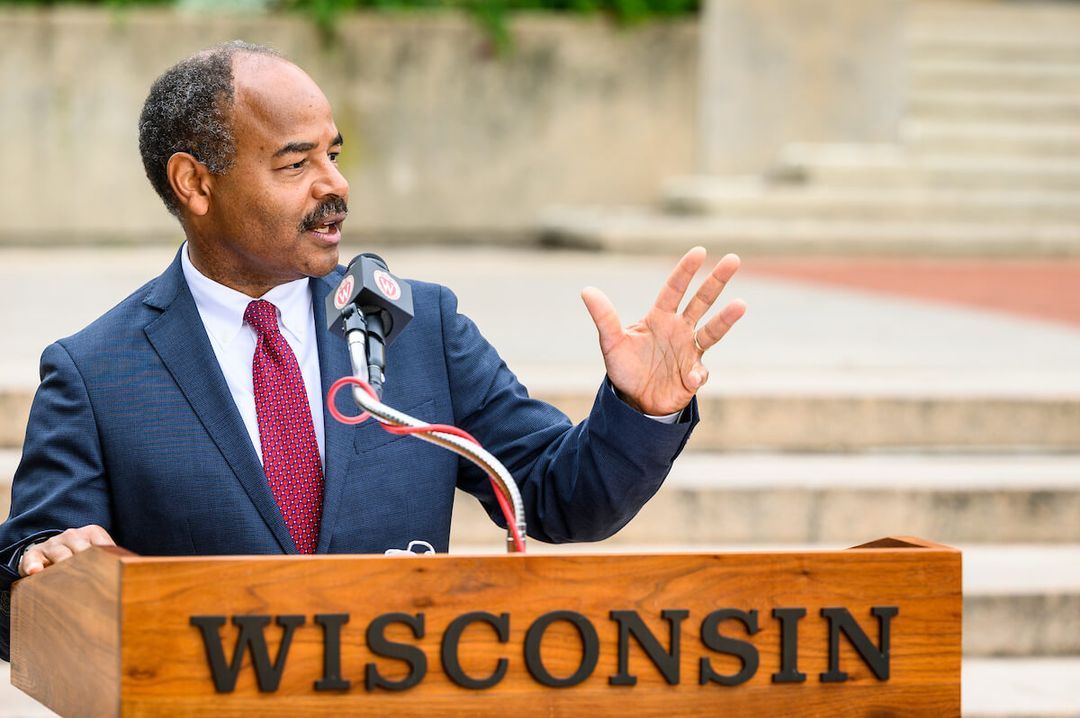On March 12, The UW Now Livestream discussed the future of electric vehicles, and viewers had more questions than our guests had time for. But Greg Reichow, general partner at the venture capital firm Eclipse Ventures, and Eric Kazyak, assistant professor of engineering, fielded additional inquiries after the program ended. Here are the viewer questions and the guests’ answers.
What’s the difference between fast charge batteries and slow charge batteries? How does their charge change over time?
Reichow: The difference between fast- and slower-charge batteries comes down to specific design tradeoffs in both structure and chemistry. Often in batteries, there are tradeoffs. This has often meant that batteries that are “fast-charge” capable have lower total energy capability. Conversely, you can optimize for storing more energy (i.e., range) yet sacrifice some of the fast-charge capability. This is why several automakers have switched to chemistries that give up on a small amount of range but are better for fast charging. Furthermore, the entire system needs to be designed around higher current capability to enable increased rates of charging, which has impact on thermal management systems, cost of electronics, etc. This is an active area for battery and systems development, and I view it as one of the top improvement areas for EVs going forward.
Kazyak: To make an analogy, the reason for the tradeoff between energy density and charging rates comes from the need to limit the distance that the lithium ions need to move through the electrodes. If you make electrodes thicker, with larger particles, you can pack more ions in, but they have a long way to go to get there. If the electrodes are thin, you can't fit as many lithium ions, but they can get in and out easily. There have been some really exciting advances on the research side in this space over the past three years or so, and they will be making their way toward commercial viability soon. Some of these offer 10 minute 80 percent charging without sacrificing energy density.
Are lithium-ion batteries recyclable? What is the life expectancy? Where does the Lithium come from?
Reichow: Yes, they are recyclable, and several companies have been formed to do that. One of the more notable companies is Redwood Materials, founded by Tesla founder and long-time CTO, J.B. Straubel.
Kazyak: Just to build on this, the critical materials (lithium, nickel, cobalt), which are largely in the cathode, can already be recycled at a very high rate ( more than 90 percent). So far, the graphite in the anode hasn’t been economical to recycle, but it is abundant, and there are ongoing efforts to enable recycling that are looking promising. Currently, the vast majority of the battery materials being recycled are the offcuts and waste from manufacturing, rather than end-of-life batteries. This is due to the fact that 10 to 15 years ago, there were very few EVs on the road. So compared to the demand we have now, the number of EVs coming to the end of their life are negligible. Recycling will play an important role as we move toward a steady-state circular economy of lithium, similar to the one that exists for lead-acid car batteries, where more than 99 percent of the lead used in manufacturing is from recycled batteries.
What will be the environmental impact of replacing old batteries?
Kazyak: There are a couple pieces of this. One, what happens to the old battery? As stated above, the materials are valuable, and recycling is already a viable option that will scale up as the supply of end-of-life batteries increases. There is also interest in using end-of-life batteries for other applications, as they may still have plenty of life left for a less-demanding use. Some believe these second-life batteries can supply all of the grid storage that we’ll need to reach the net zero carbon by 2050. Two, how impactful is the manufacturing of a replacement? This will continue to improve as more recycled content can be used and manufacturing processes become more efficient and move away from toxic chemicals. Great progress has been made in recent years to reduce the energy and chemical demand of manufacturing.
How can the EV industry and third-party providers improve the customer experience?
Kazyak: How the user interacts with the vehicle and charging infrastructure can be improved dramatically. Tesla is a clear leader in this regard, as their app user interface is much better than the competition’s. Some key things that come to mind:
- warming up the car remotely while still plugged in
- programming the charging to reach the desired charge level while maximizing battery life and shifting demand away from peak hours
- seamlessly planning a route based on location of chargers with predicted availability based on historical data
- quick/easy payment at public chargers across different platforms
In addition, for legacy automakers, making sure that dealerships are more knowledgeable about their EV offerings is critical to make sure that customers are aware of how owning an EV might be different than an internal-combustion engine vehicle.
Will AI be used to manage EV charging via the electric grid?
Reichow: Yes, there are companies that are working on smarter algorithms to manage grid energy dispatch and loads. Predicting demand balancing with flexible loads such as EV charging can dramatically improve the stability of the grid.
